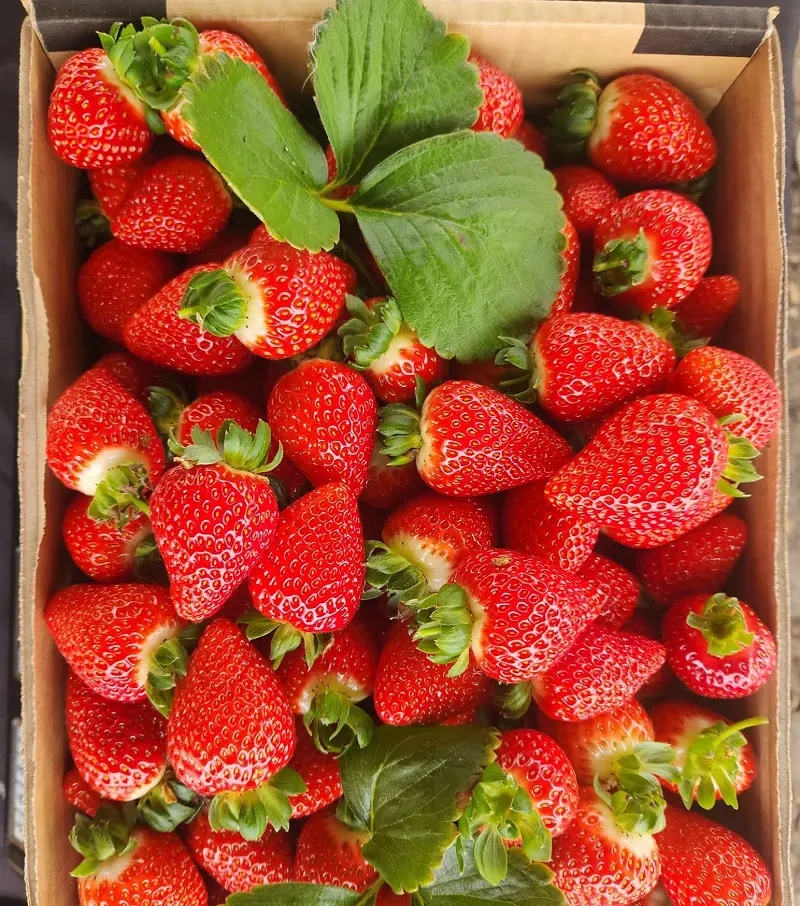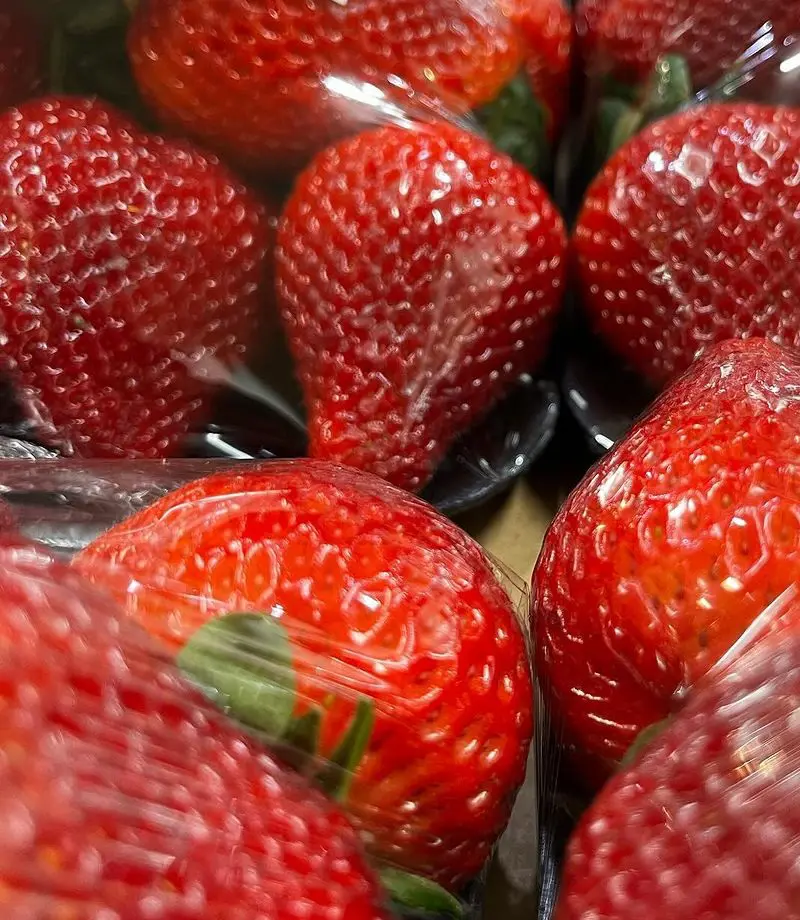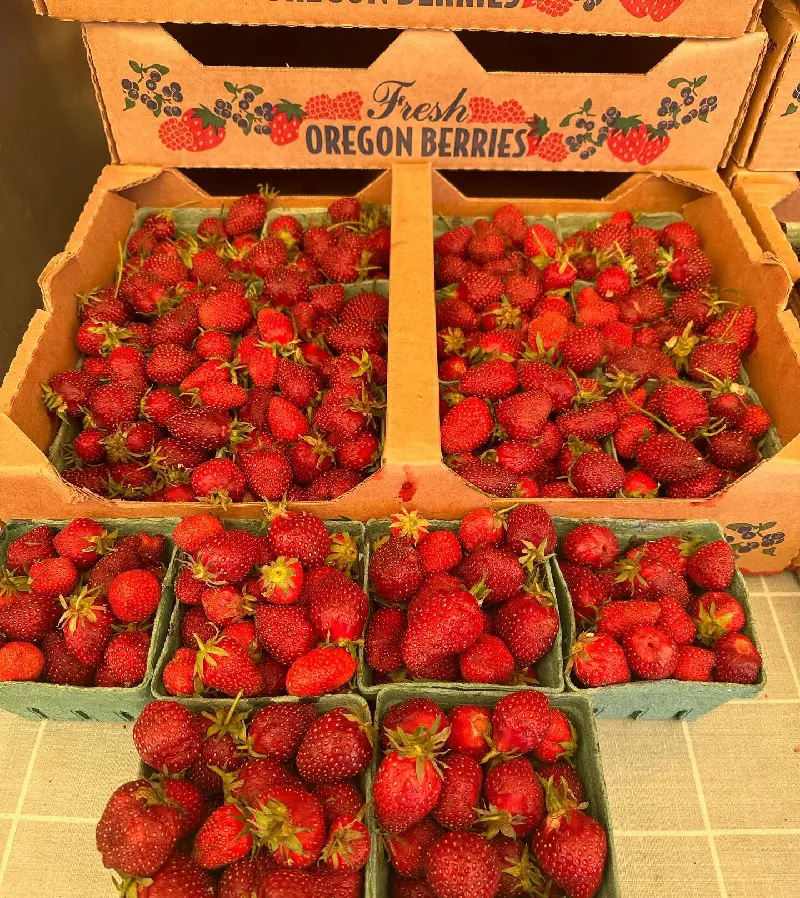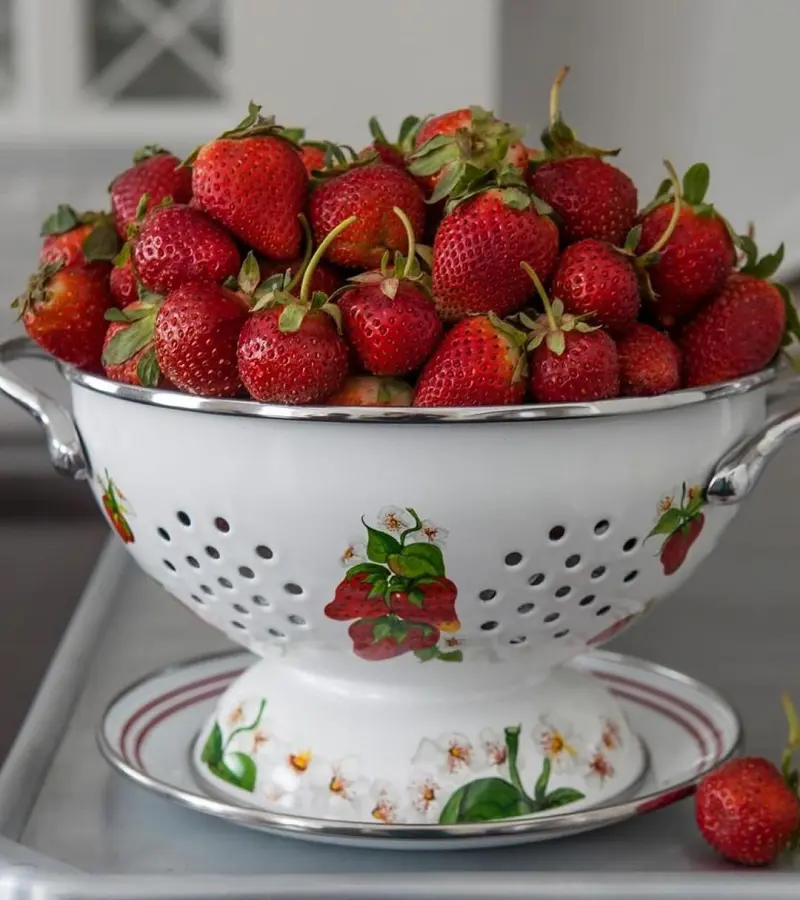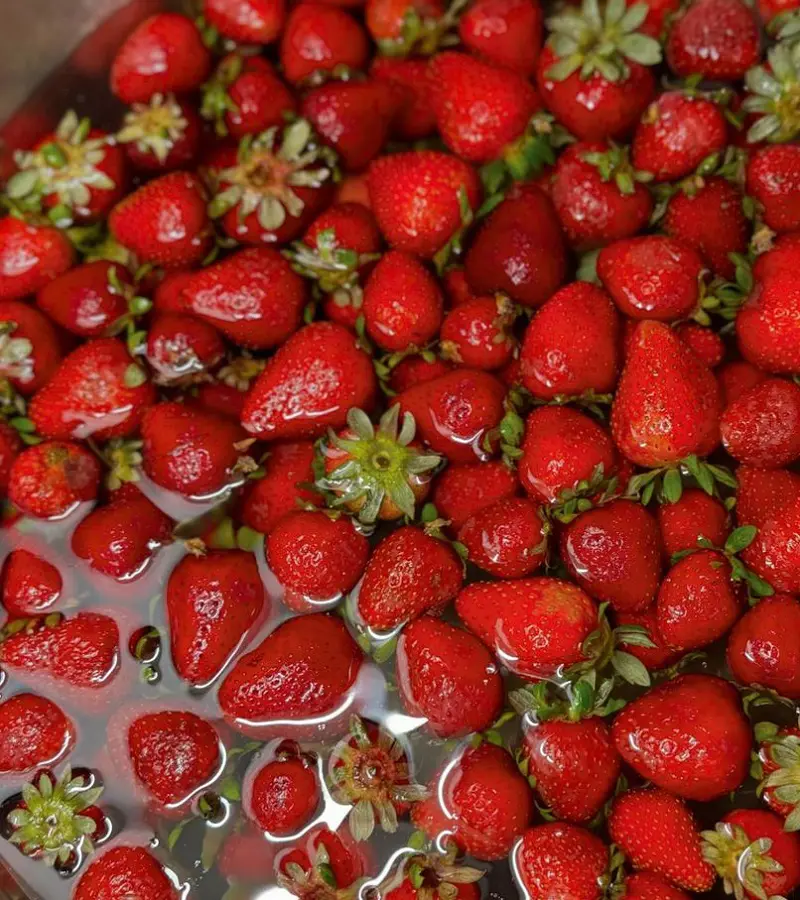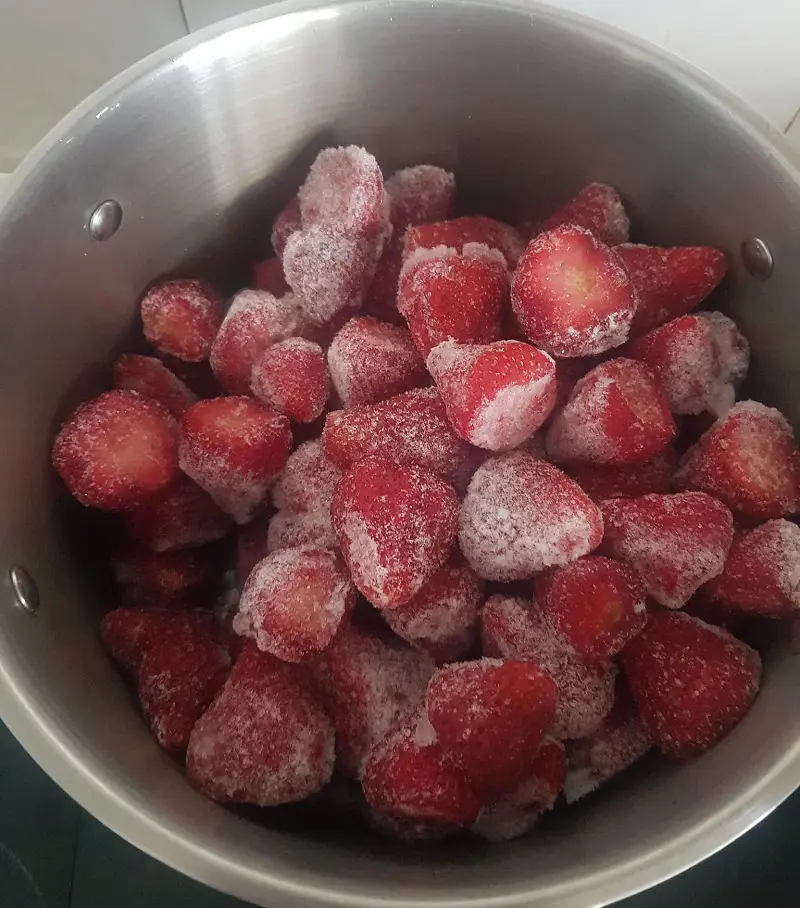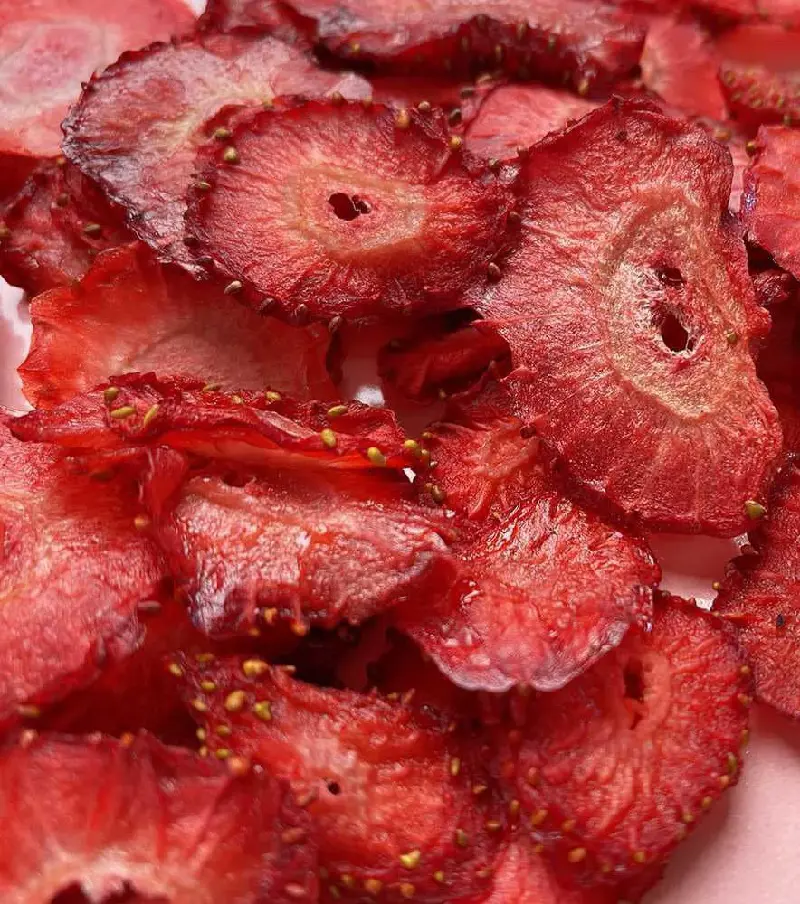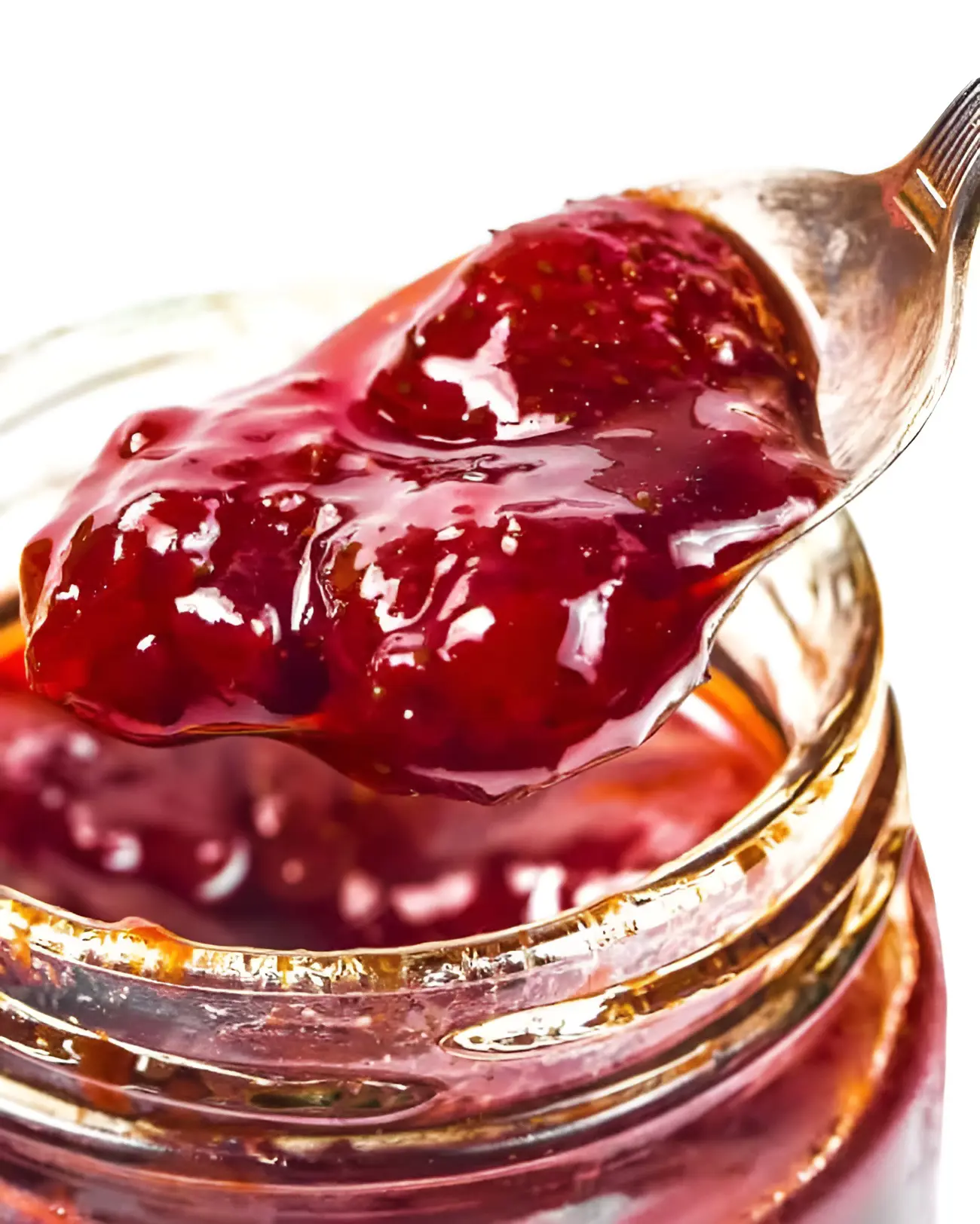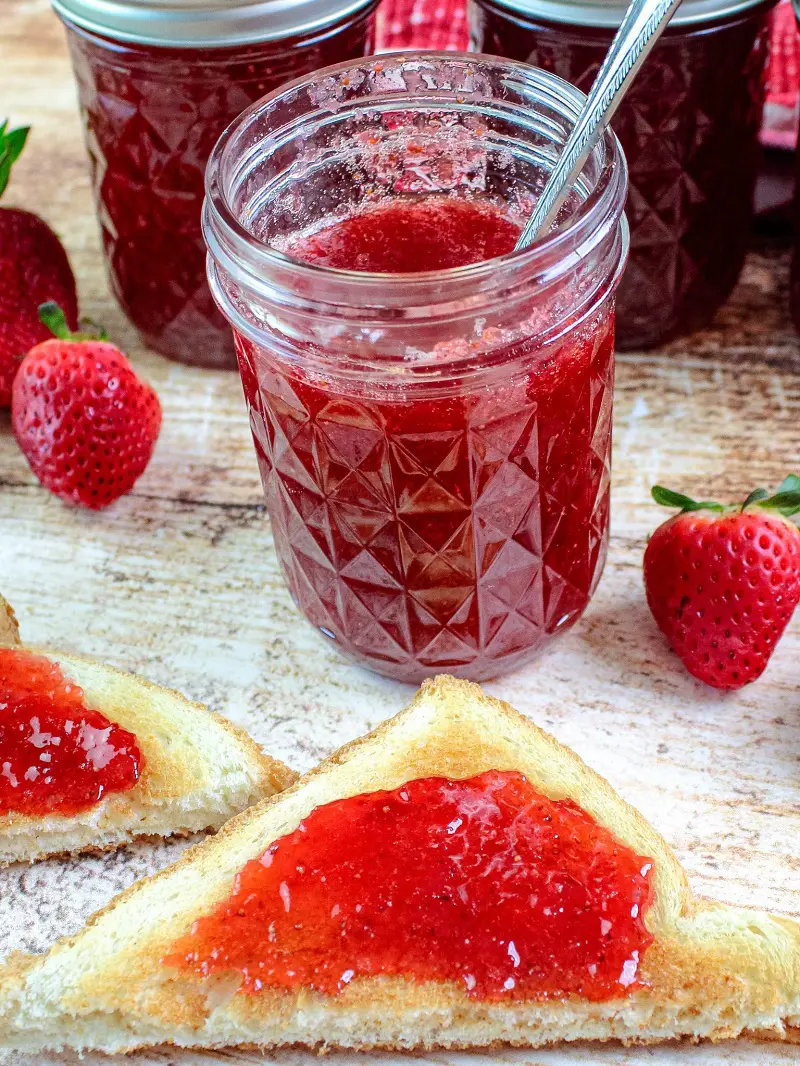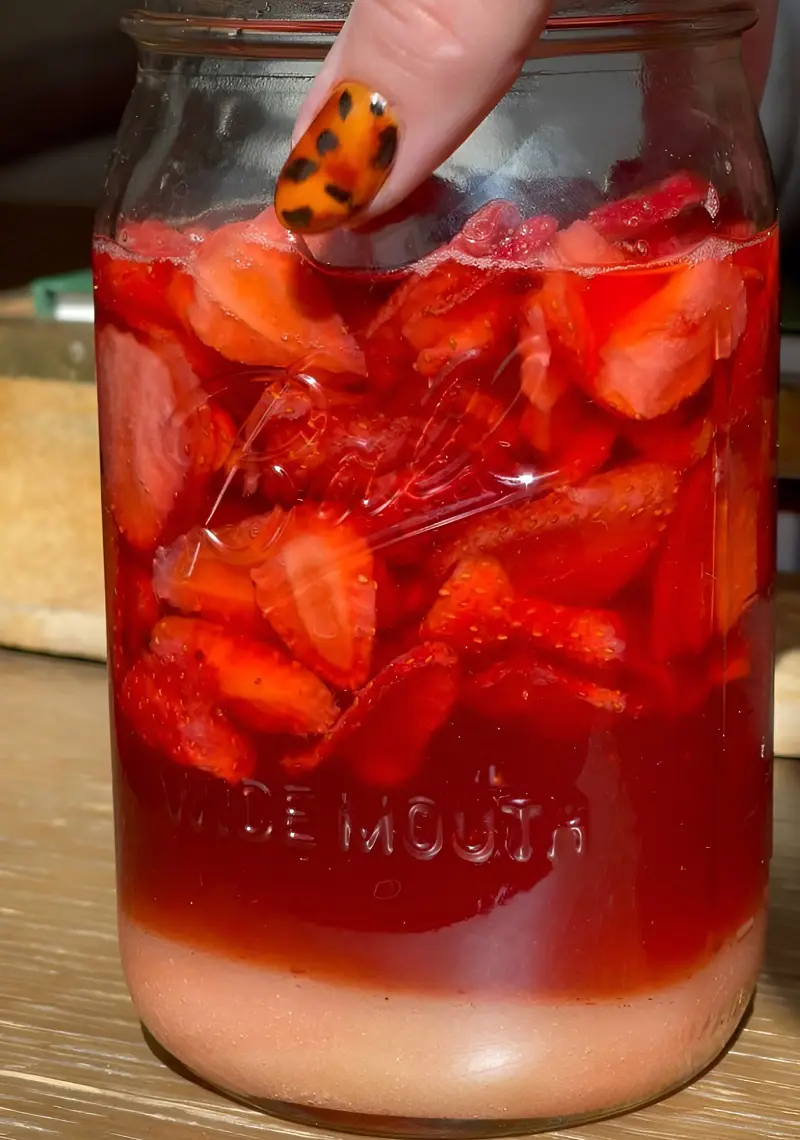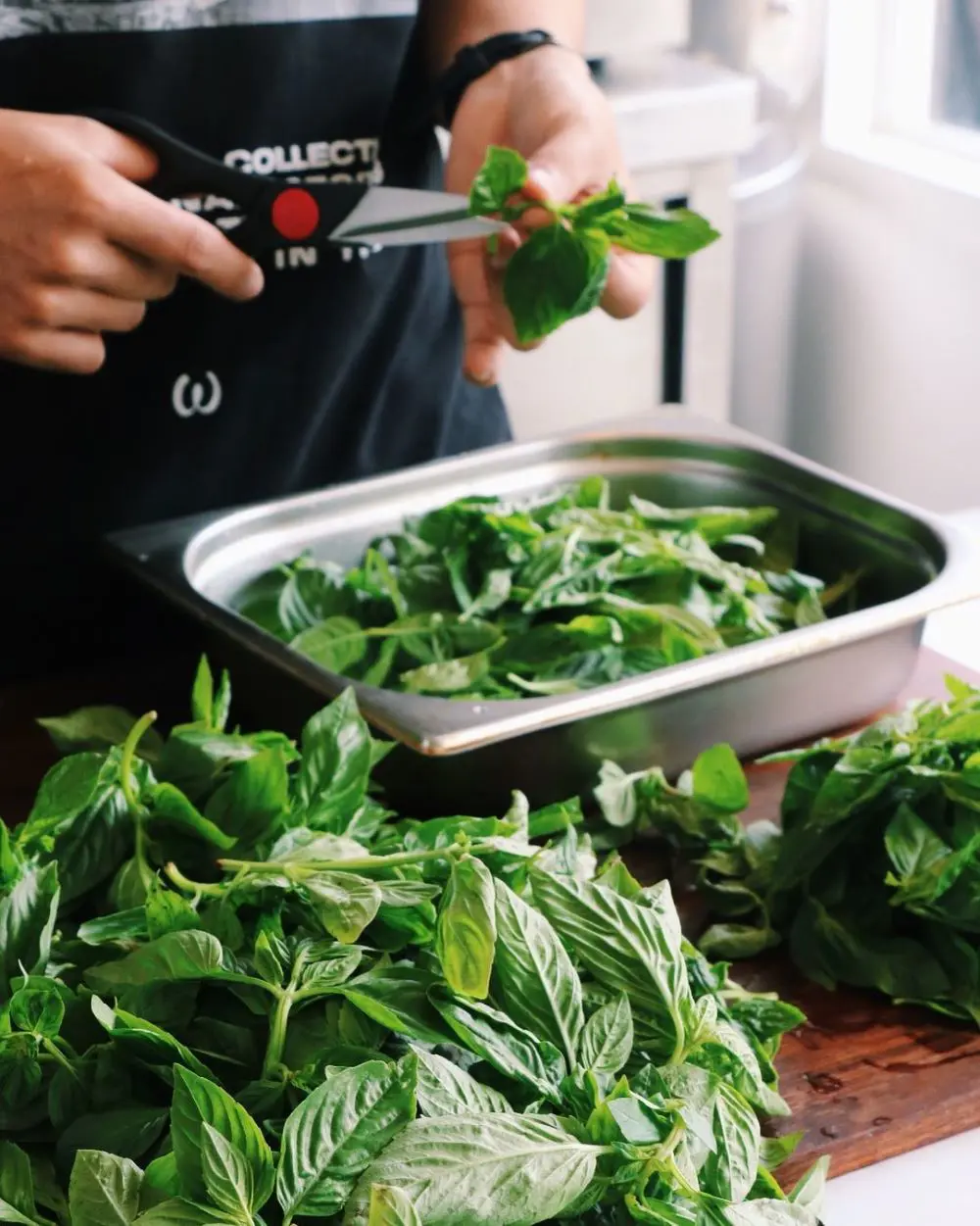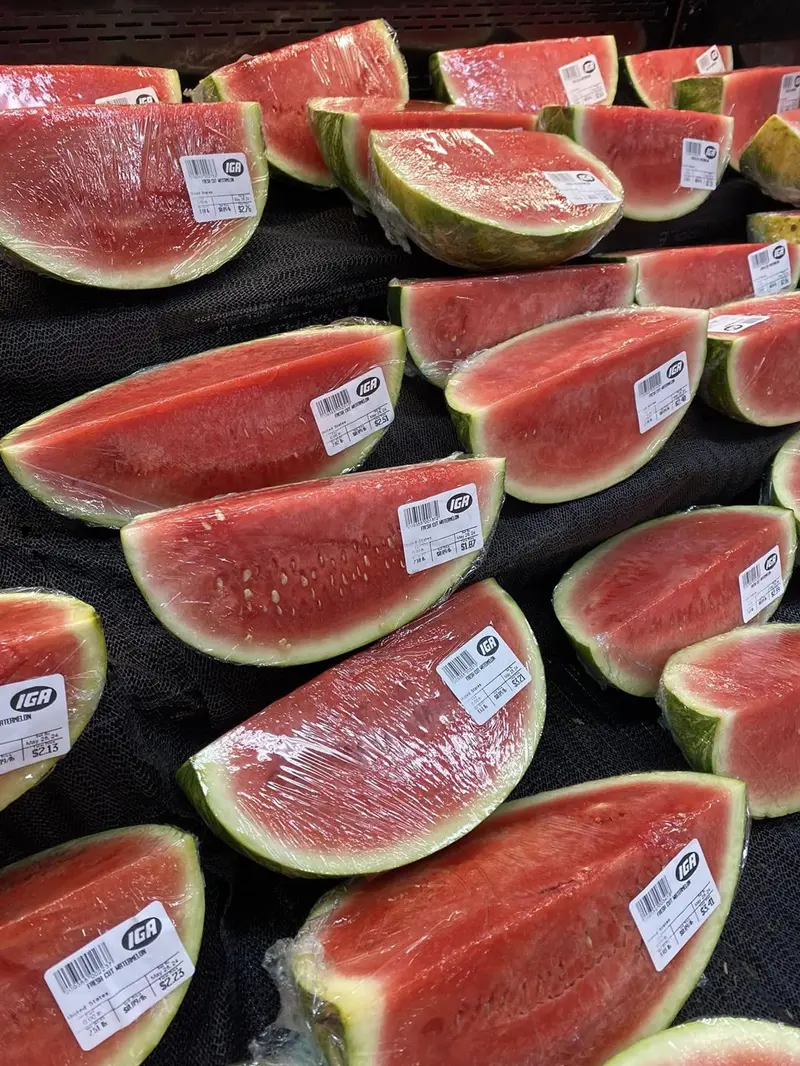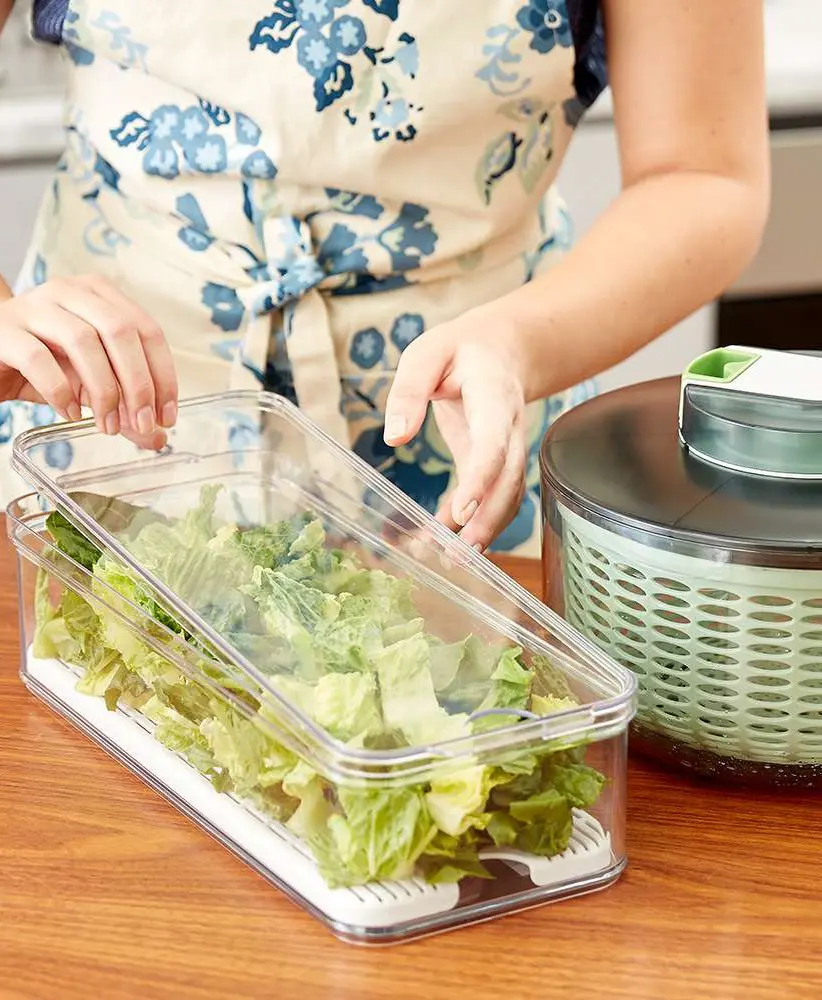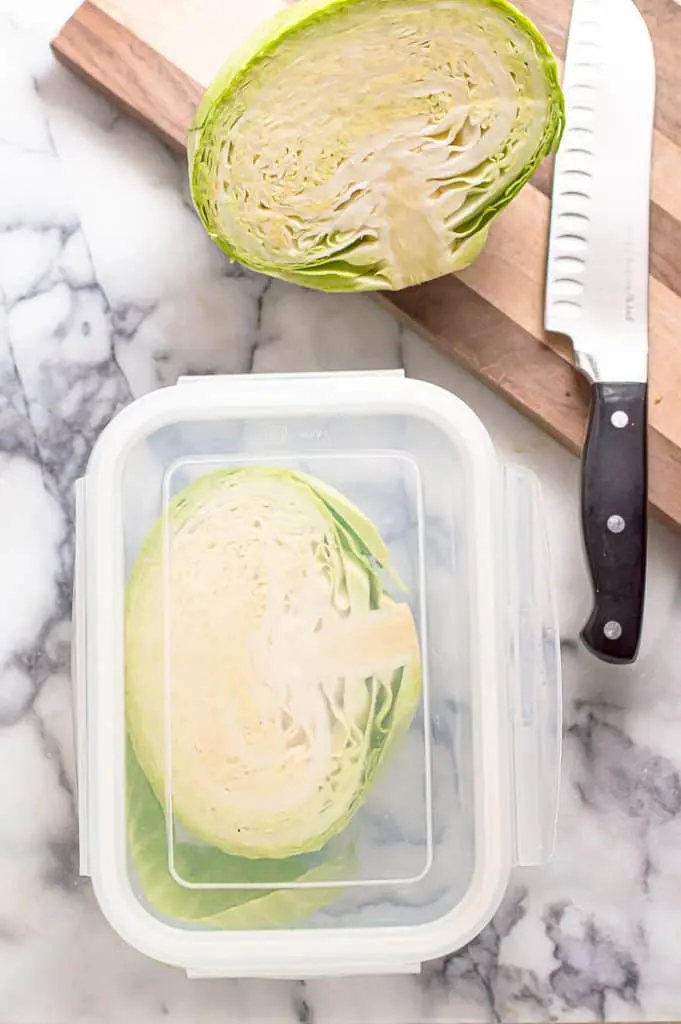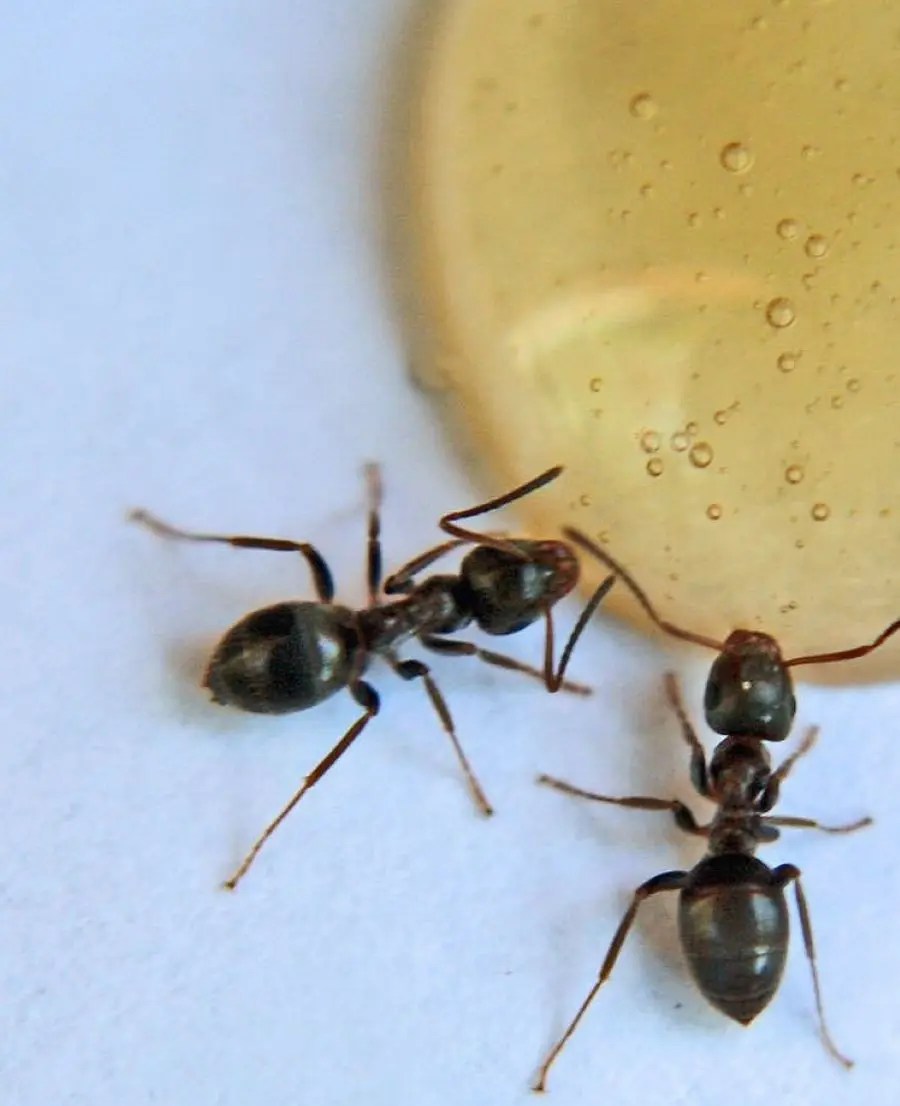How To Pick Strawberries
Make your strawberries last for as long as possible by picking the freshest-looking ones from the market aisle. Of course, even if all the strawberries on the aisle look the same to you our experts' advice is easy to understand.
Read through the boiled-down instructions and you'll be able to pick the freshest, sweetest, and longest-lasting berries with some practice in no time.
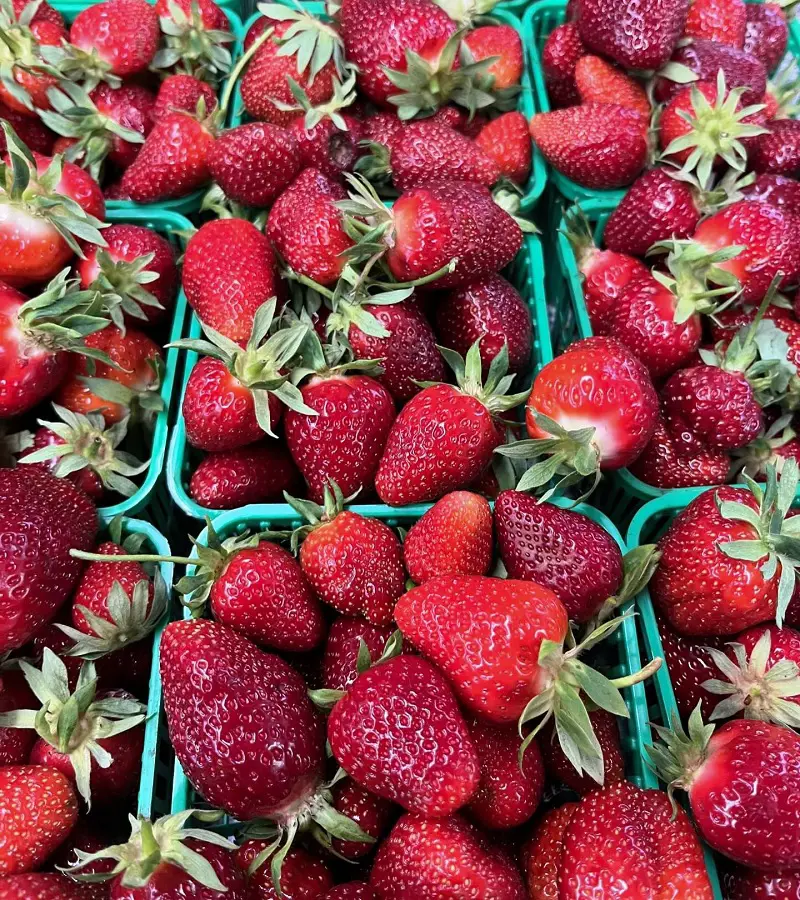
Look For:
- Color: Good strawberries should have a consistent ruby-colored bright scheme exterior with a minimum amount of discoloration.
Firmness: Ripe strawberries should be plump and firm when touched. It shouldn’t be too hard but also shouldn’t start falling apart under slight pressure. - Stems: Look at the stem attachment. The strawberry stems should be bright green and fresh, which indicates that they have been freshly picked. If the stems are dry, the berries are old. Also, avoid buying berries without stems as they help keep the berry fresh.
- Smell: The smell of the strawberries is hard to put into words but if you know then you know. The best tasting and fresh strawberries have a distinct fruity and floral scent from its blossom side which indicates freshness and continues to only fade with time.
Avoid:
- Mold: Unlike some other fruits and berries, strawberry varieties do not produce a waxy surface layer also known as blooms to protect themselves against the heat. If your strawberry is coated in a powdery substance, it’s mold without any doubt.
- Wrinkles: Wrinkles are proof of age. That’s equally true for strawberries as it is true for humans. Look for unwrinkled and taut skin that retains its shape once pressed.
- Soft Spots: Once the strawberries become overripe and rotten, they develop soft spots. Go ahead and give all the aisle berries a press test, if some of them have an overt squishiness that doesn’t return to their original shape, avoid them like the plague because they’ll literally make you sick.
